Overview
Materials Science Lab Setup for Research and Development and Academics
The Material Science Laboratory is an individual specialised laboratory used for metallographic analysis with robust instruments. For subsequent investigations of the properties of materials at various levels, it is supplied with different instruments.
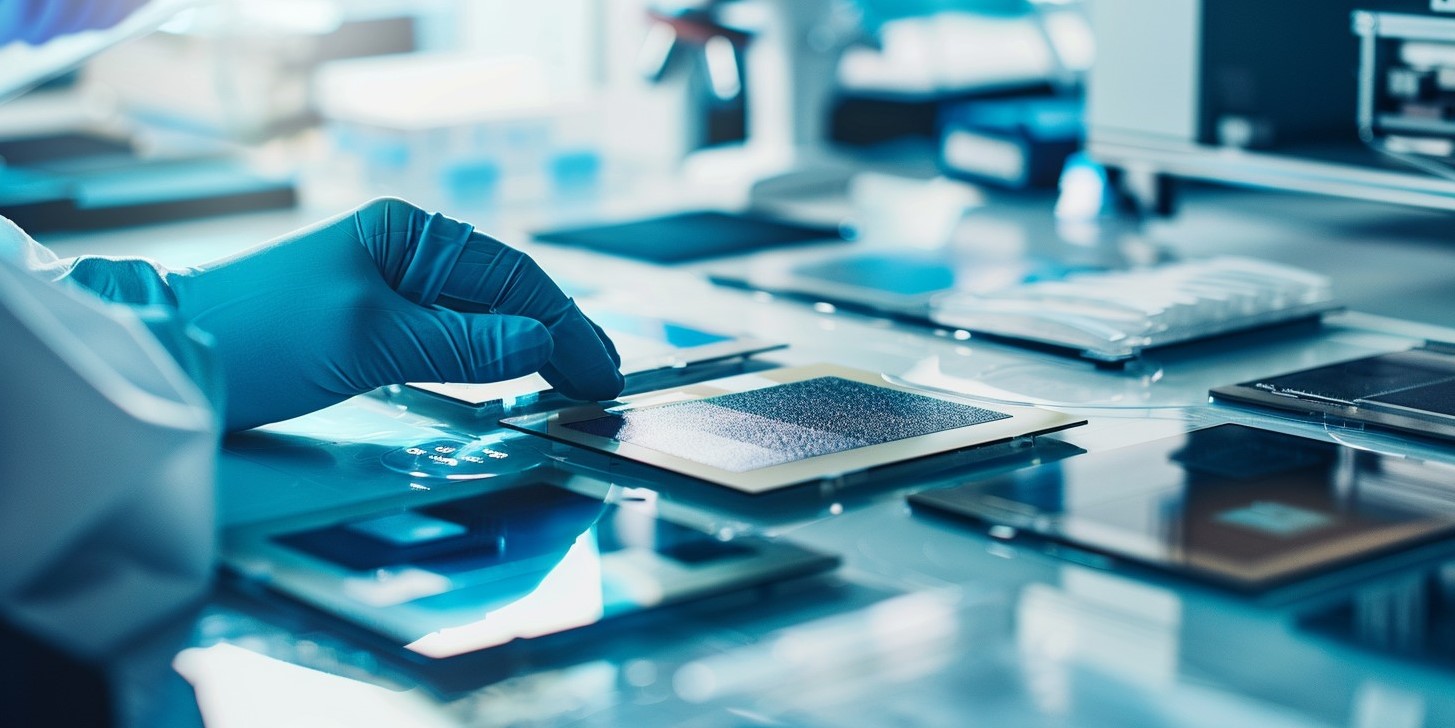
Features
Why Choose Our Materials science Lab Setup?
Optical Microscopes: Magnification is very high due to the detailed view of biopsy samples. Focus can be adjusted and there are many ways how the illumination can be done.
Micro Hardness Tester: Tests hardness at the micro level, namely in the micro indentation scale. Precise load control.
Thermomechanical Analyzer (TMA): Superimposed on this alterable curve, it measures the dimensional changes with temperature. Controlled heating and cooling.
Keithley Nanovolt meter: Electrical measurement, especially in the nanovolt range is its specialisation.
UV Spectrophotometer: Measures the amount of light that is being absorbed in the UV-visible spectrum.
Vacuum Oven: Heating under vacuum is another schedule of controlled heating.
Glove Box: Maintains low oxygen levels and is moisture free.
Analytical Balance: Accurate operation which has a digital display.
Metallographic Specimen Preparation Unit: Operations electronics such as grinding, polishing as well as etching.
Sintering Furnace: High temperature service with a protected environment.
Use Cases
Key Use Cases of Materials Science Lab
- Optical Microscopes: These microscopes are specially used when there is a need to examine the structures of the materials. The properties such as grain boundaries, defects, and phase transformations can be studied by the researchers. They are most widely used in metallurgy, ceramics and in characterization of materials.
- Micro Hardness Tester: Micro hardness testers are used mostly by engineers and scientists to measure the hardness of thin films, coatings and small compositions of the material. This is especially of importance in aspects of the production line in order to ensure quality output.
- Thermomechanical Analyzer (TMA): TMAs aid researchers to learn the extent to which a material increases or decreases in size with change in temperature. These are employed in thermal equilibrium, phase transformations, and material response under different conditions research.
- Keithley Nanovolt metre: There are two main objectives of this equipment they are as follows This is the method of examining electrical properties at very low voltage. It is useful in nanotechnology, research of semiconductor substances, and measurements of very small distances.
- UV Spectrophotometer: UV spectrophotometers are further used in the determination of the extent to which light gets absorbed in the UV VIS region. They can identify quantitative makeup, contaminants, and electronic states of materials.
- Vacuum Oven: Vacuum ovens are used for drying heat sensitive samples, outgassing of materials and experiments in a vacuum and/or specific controlled atmosphere.
- Glove Box: Glove boxes do not allow air flow into the box and therefore make it suitable for handling chemicals that are sensitive to air. They employ them in the preparation of a sample, constructing devices and in chemical processes.
- Analytical Balance: Mass measures are used in many applications such as in sample preparation, for chemical reactions as well as for quality control. Analytical balances minimise errors that are likely to occur as a result of imprecision.
- Metallographic Specimen Preparation Unit: In this unit, samples are first ground, and then they are polished and etched ready to be used in microscopy. This helps in material analysis and research since it displays microstructural aspects of the material.
- Sintering Furnace: Sintering furnaces are used at high temperatures and specific atmosphere of working temperatures. It is critical for many applications comprising sintering ceramics, powder metallurgy, and heat treatments.

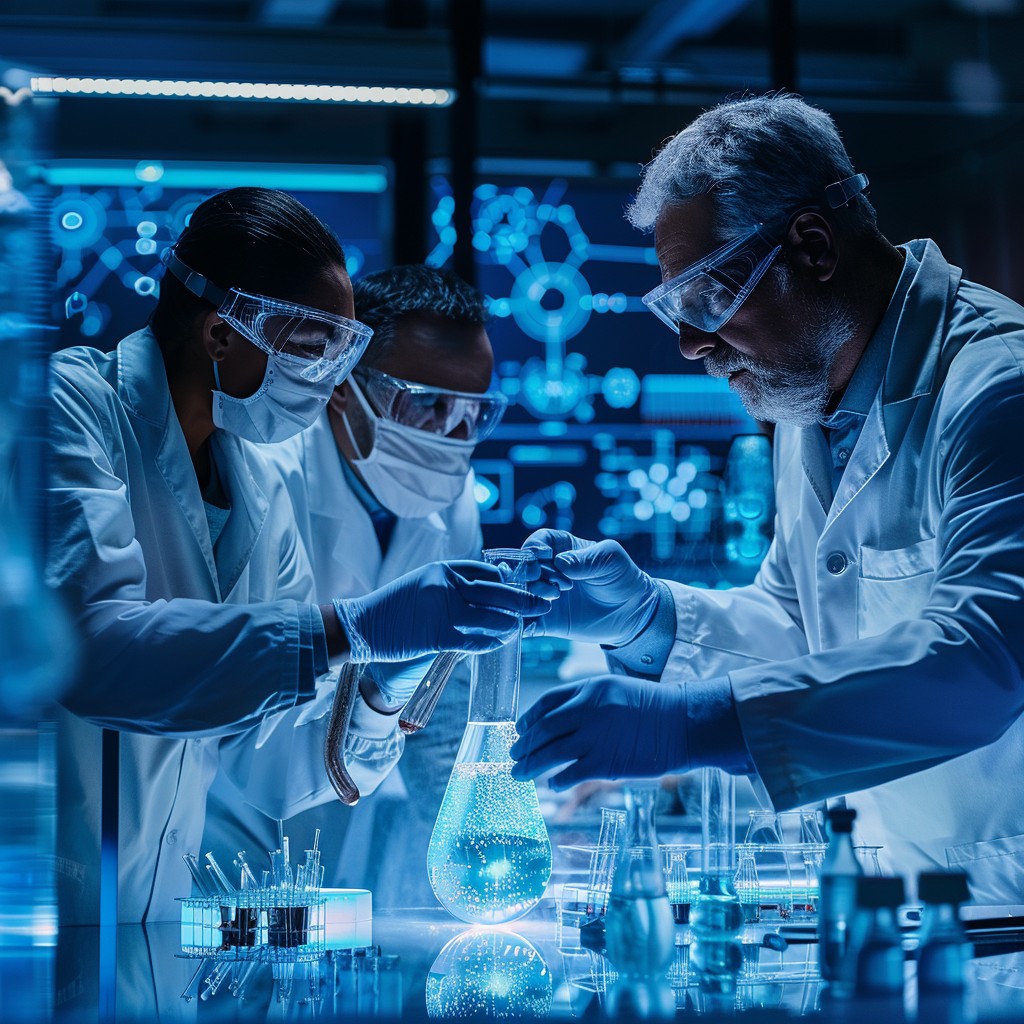
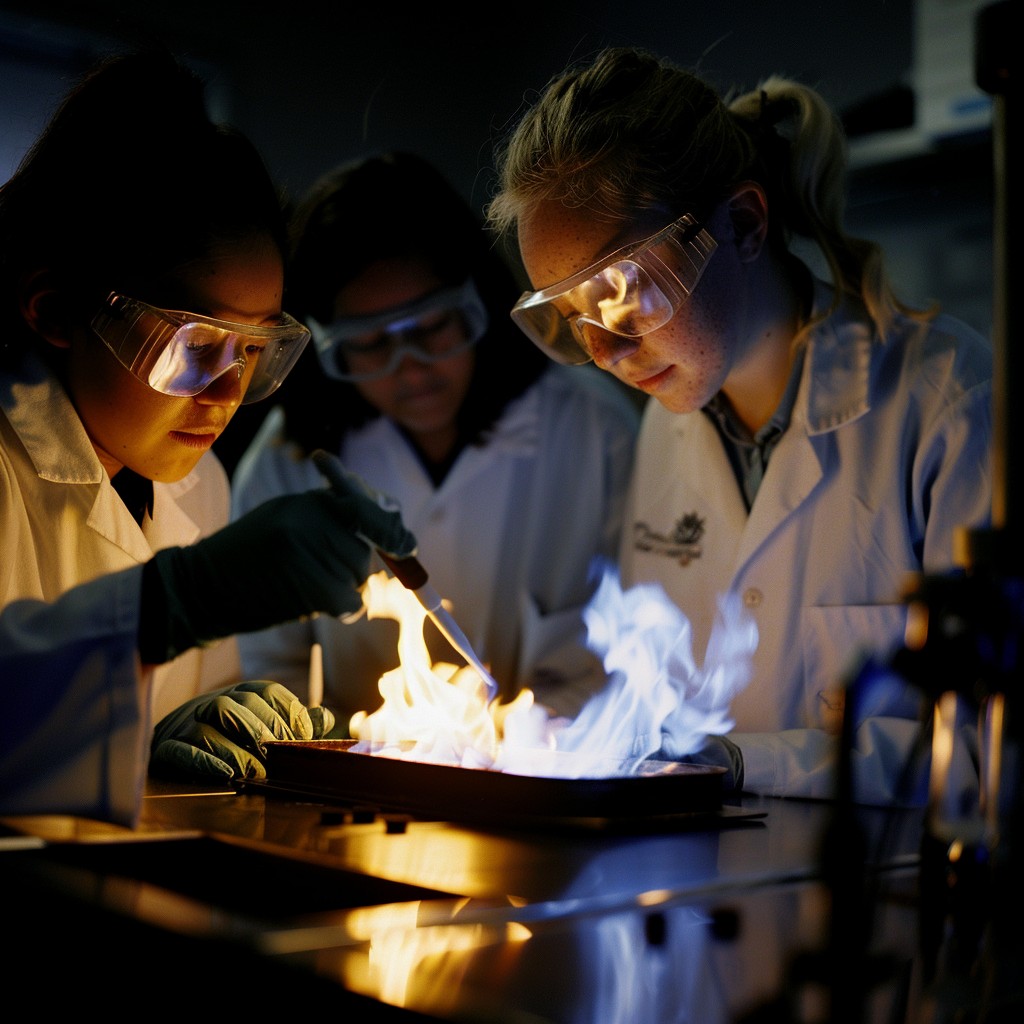
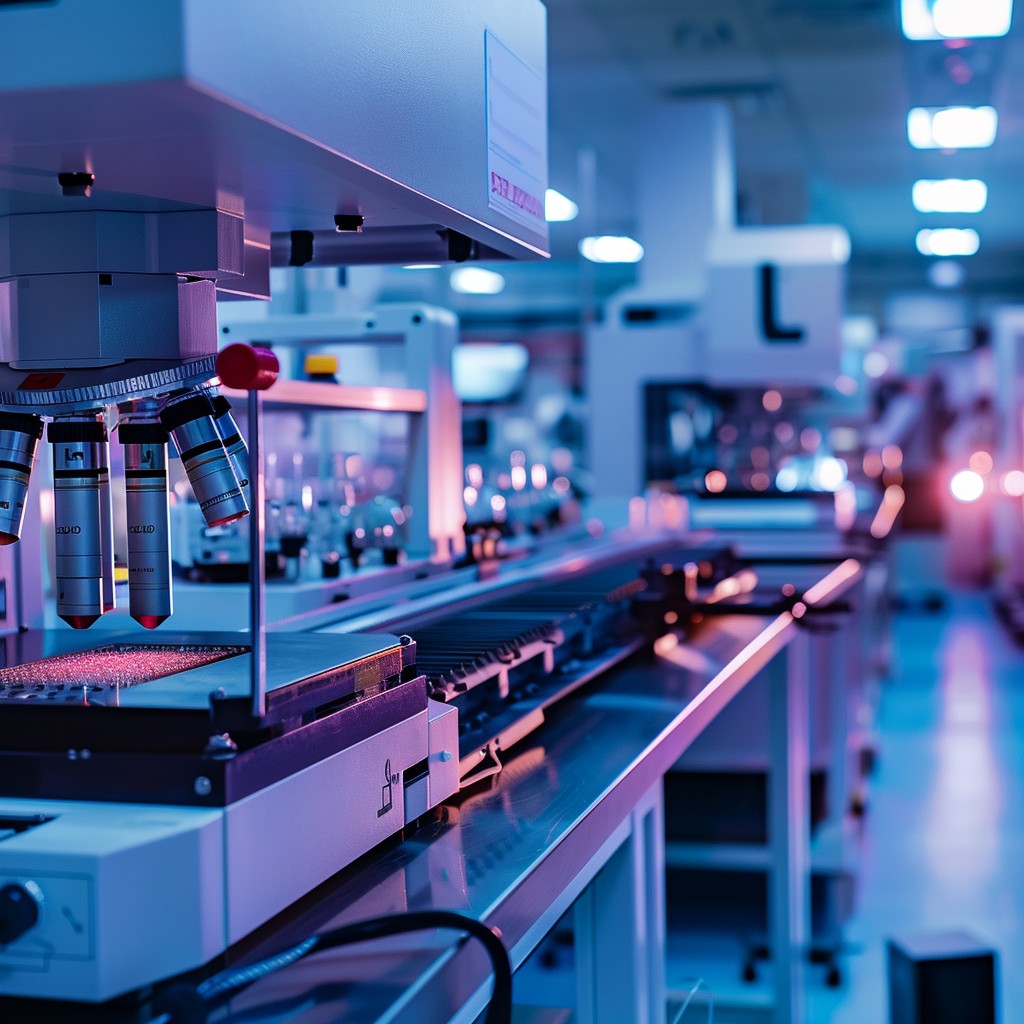
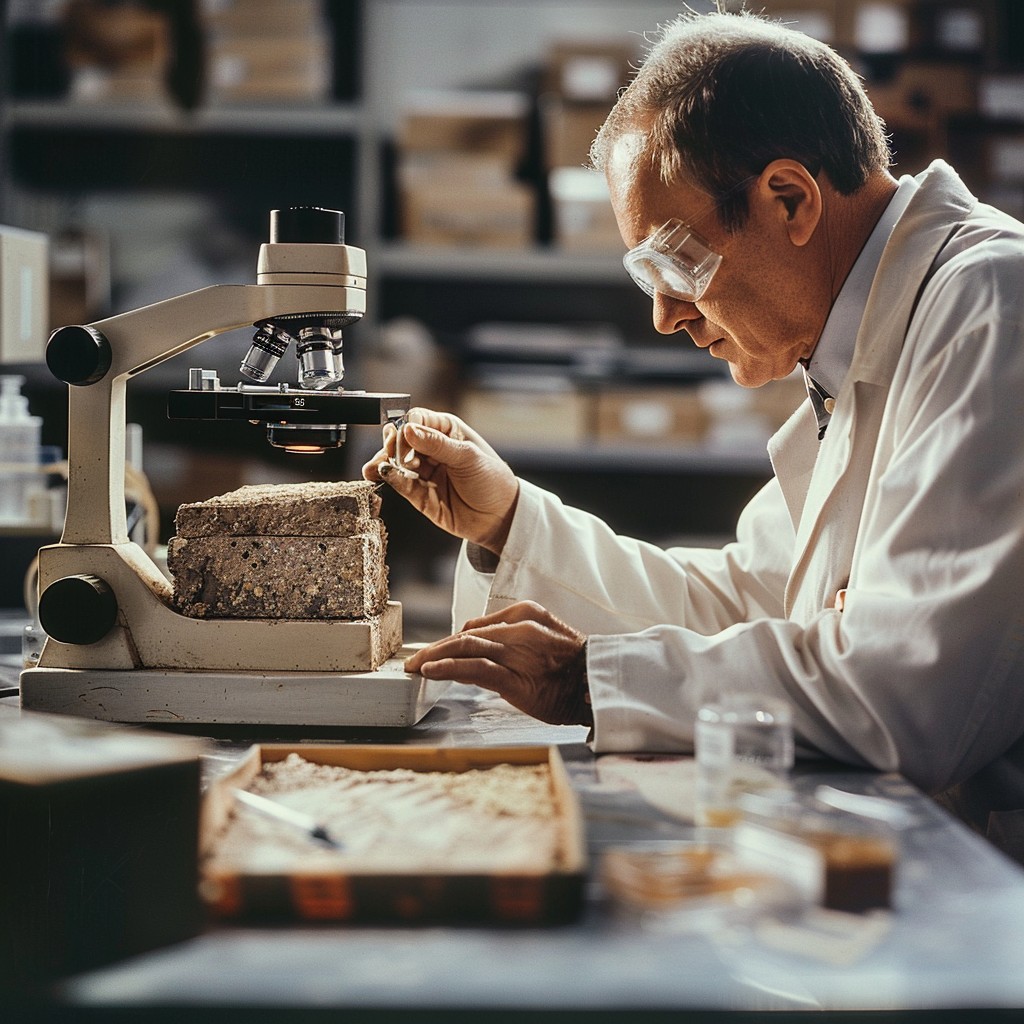

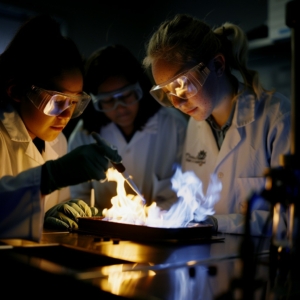
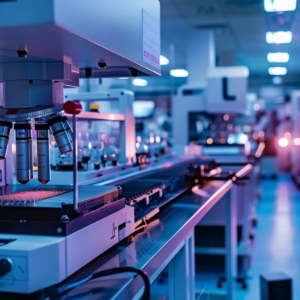
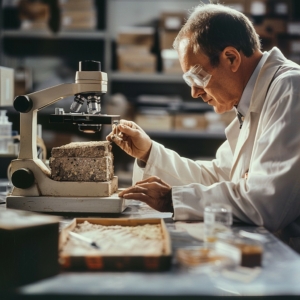
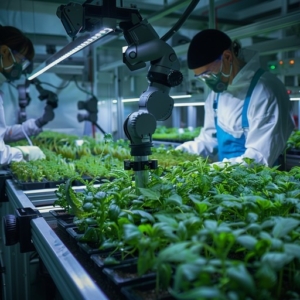
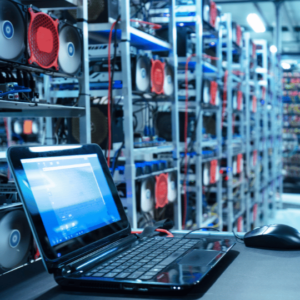
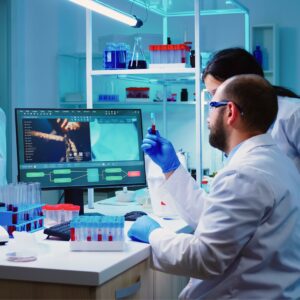

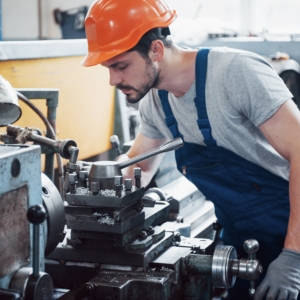


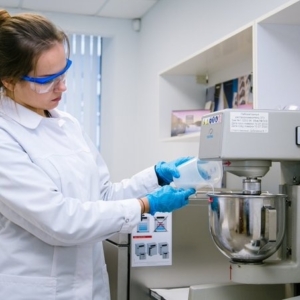

Reviews
There are no reviews yet.